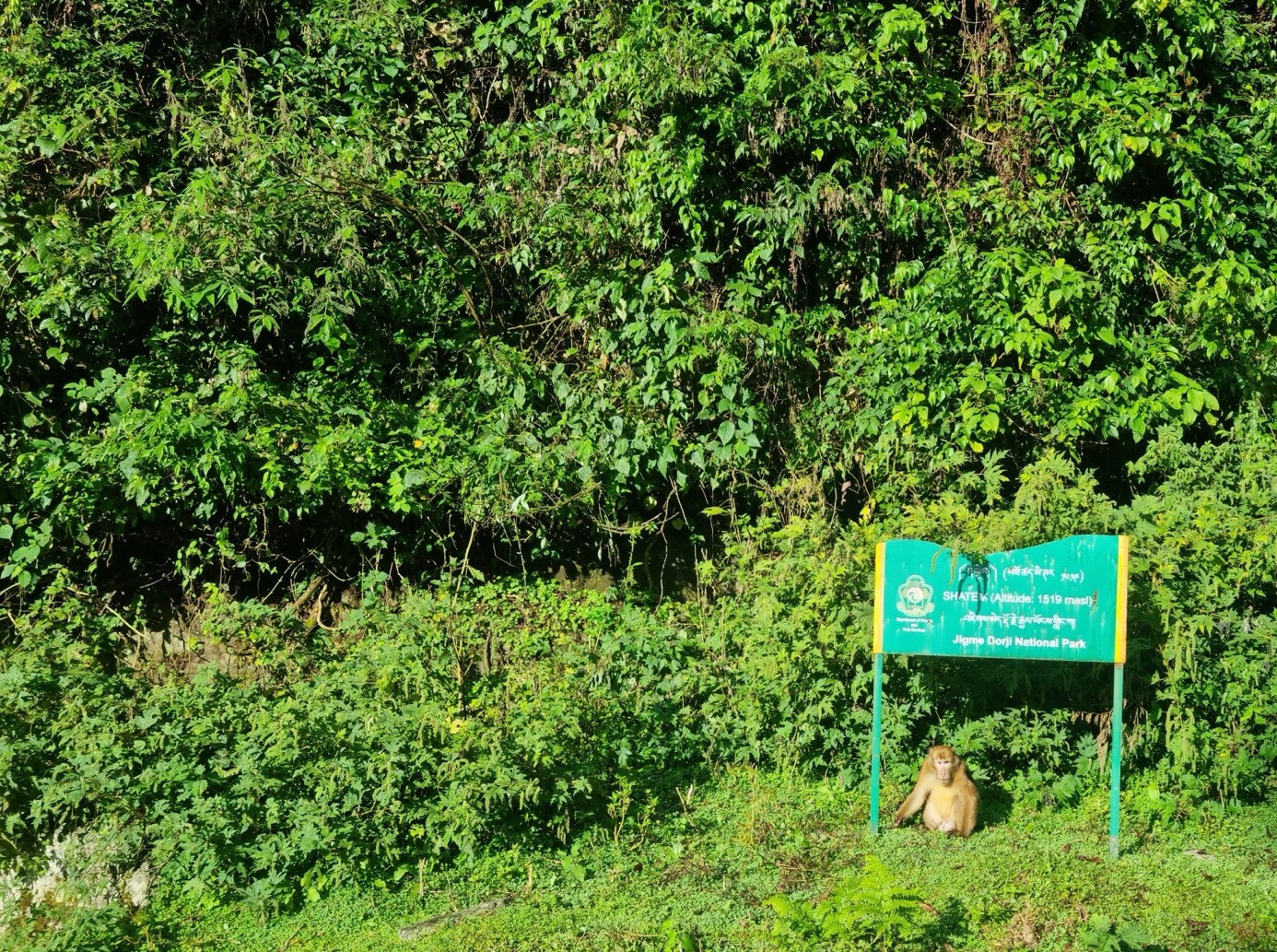WildinSync: Syncing with Nature
Our planet has a unique and fascinating biodiversity. Yet, the overexploitation of natural resources has significantly disrupted the composition and functioning of ecosystems threatening natural services such as climate regulation, soil fertility, pollination, and pest and disease control. Addressing this crisis requires locally solutions with proven positive impacts. Governments and private actors worldwide are increasingly targeting nature-positive actions, but synchronous biodiversity indicators are needed to inform near realtime on their impacts. WildinSync aims to globally track biodiversity change using environmental DNA monitoring and satellite-based remote sensing of habitats, a technology developed at ETH Zurich. While the flexibility and portability of eDNA methods mean it can be deployed anywhere we can in theory sequence DNA, the technology is currently being mostly used by privileged laboratories with access to equipment and consumables. We plan to support a network of partners by making all know-how and tools openly accessible, thereby eliminating barriers and ensuring participation and benefit-sharing across countries. Local deployment of laboratories will go hand in hand with the development of networks of sites that will be monitored annually over the next decade and beyond. By generating standardized, high-resolution biodiversity data over thousands of sites, WildinSync can identify and report trends in biodiversity. The data gathered can serve as an early warning system for biodiversity decline, disease outbreaks, and detection of invasive or endangered species as well as a validation system for nature-positive actions. The site monitored will be integrated in the WildinSync platform, which will inform stakeholders and policy makers on the evaluation of the state of biodiversity around the world. As countries strengthen their commitments to biodiversity conservation by incorporating eDNA into their strategies, we will create a global movement for countries committed to protecting their wild places.
